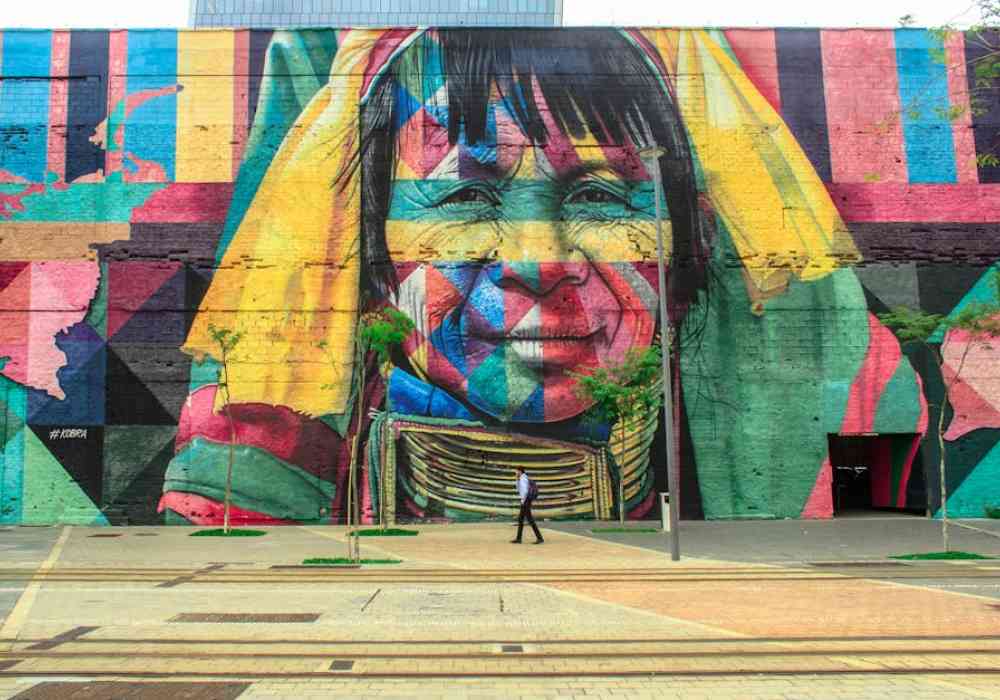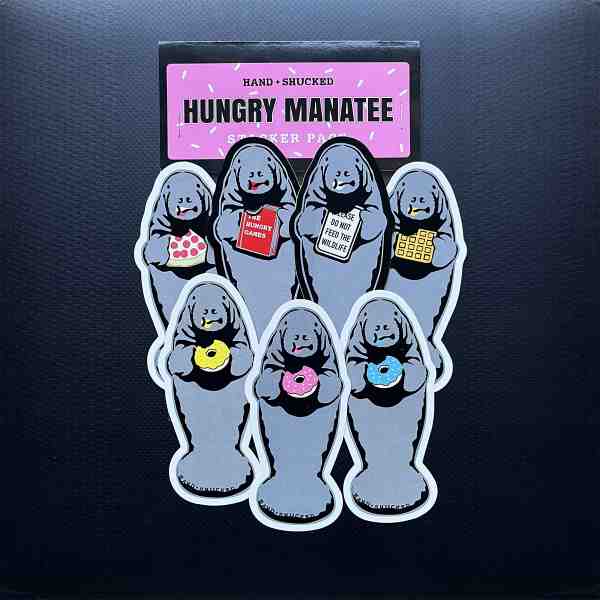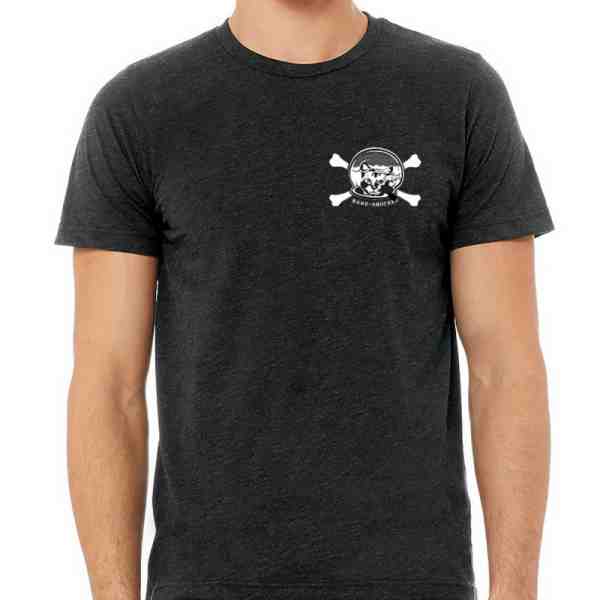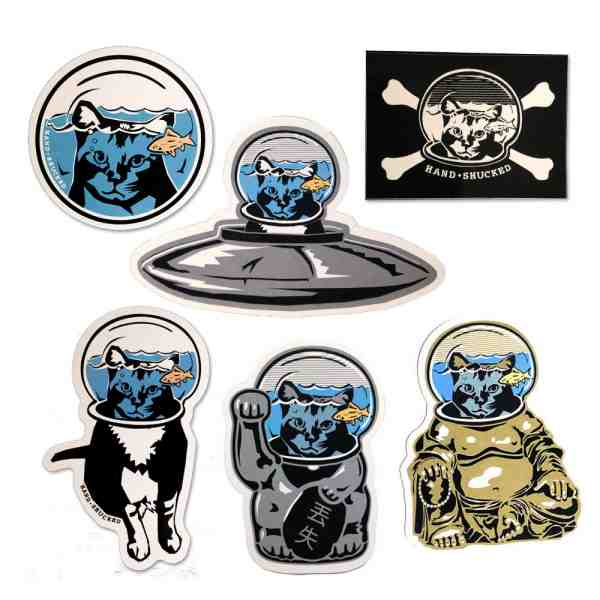Street Murals: Painting the Town with Art
Street Murals: Art that Speaks to Urban Communities
Street murals are more than just vibrant splashes of color decorating cityscapes; they are powerful forms of urban art that communicate bold social messages. These murals transform public spaces into galleries, making art accessible to all while addressing pressing social issues like child labor, racial inequality, and environmental concerns. Their vivid imagery can captivate a passerby, starting conversations and fostering community engagement.
- What are street murals? Large-scale artworks painted on public surfaces.
- Why are street murals important? They highlight social issues, beautify urban areas, and stimulate community interaction.
I’m Chris Higgins, and I’ve been inspired by the energy of street murals in my journey as an artist and designer. Spending over a decade in Key West, I’ve seen how street murals can shape a community’s identity and spur change. Let’s explore how these dynamic pieces of urban art impact the world around us.
The Evolution of Street Murals
Street murals have a rich history that evolves with the ever-changing cultural landscape. From the gritty beginnings of graffiti in New York City to sophisticated commissioned works, these art forms have become a staple in urban environments.
Graffiti: The Roots of Street Art
Graffiti began as a form of rebellious expression in the 1960s. Artists used spray paint and markers to tag their names or messages on subway cars and walls. This raw form of art was often seen as vandalism, but it laid the groundwork for street art as we know it today.
Graffiti is not just scribbles on a wall; it’s a voice for the voiceless. It allows artists to comment on social and political issues, often in a way that is both immediate and impactful.
Street Art: A Broader Canvas
As graffiti evolved, so did the techniques and styles. Street art emerged, incorporating various methods like stenciling, wheat-pasting, and stickers. This broader canvas allowed artists to create more intricate and thought-provoking works.
One iconic example is the stencil work of Blek le Rat, a pioneer in the street art movement who influenced many, including the elusive Banksy. His works, often laced with social commentary, can be found in cities around the world.
Commissioned Works: Art Meets Commerce
Today, commissioned works have brought street murals into the mainstream. Cities and businesses recognize the value of these artworks in beautifying urban areas and attracting tourism.
Projects like Philadelphia’s Mural Arts Program employ local artists to create murals that reflect the community’s spirit and history. These commissioned pieces not only provide artists with legitimate platforms but also transform neighborhoods into open-air galleries.
The Blurring Lines
The lines between graffiti, street art, and commissioned works are often blurred. Artists like Shepard Fairey and Keith Haring started on the streets and later gained recognition in galleries and museums. Their journey reflects the acceptance and appreciation of street murals as legitimate art forms.
Street murals continue to evolve, adapting to new techniques and technologies. Whether through the vibrant chaos of Wildstyle or the subtle power of a Banksy piece, these murals remain a dynamic force in the art world.
In the next section, we’ll explore how street murals impact communities, enhancing urban vibrancy and social engagement.
Impact of Street Murals on Communities
Street murals do more than just decorate walls; they transform communities in powerful ways. Let’s explore how these vibrant artworks impact traffic safety, social engagement, and urban vibrancy.
Traffic Safety
Street murals can play a surprising role in improving traffic safety. By capturing drivers’ attention, these colorful displays encourage them to slow down and be more cautious. In cities around the world, murals are strategically placed to reduce speeding in busy areas.
Example: In some neighborhoods, brightly colored crosswalk murals have been used to slow down traffic and make pedestrian areas safer. These artistic interventions act as visual cues, reminding drivers to stay alert.
Social Engagement
Street murals often serve as a platform for social commentary, sparking conversations about important issues. They bring art to the people, right where they live and work, making it accessible to everyone.
Case Study: The city of Rabat, Morocco, hosts an event called Jidar, which invites artists to create murals on local architecture. This event not only beautifies the city but also encourages residents to engage with art and each other, fostering a sense of community.
Urban Vibrancy
Street murals add life and color to urban landscapes, changing dull spaces into lively, inviting areas. They can refresh neglected neighborhoods, attracting tourists and boosting local economies.
Fact: In Chongqing, China’s “Graffiti Street” spans 40,000 square meters and has become a renowned art district, drawing visitors from around the globe. This vibrant area showcases the power of street art to revitalize urban spaces.
Street murals are more than just art—they are a tool for change. They improve the aesthetic appeal of cities, promote safety, and engage communities in meaningful ways. As we continue to explore street art, we see its potential to make a lasting impact on the places we call home.
In the next section, we’ll take a closer look at the techniques and styles that make street murals so captivating.
Techniques and Styles in Street Murals
Street murals are as diverse as the artists who create them. They combine various techniques and styles to produce captivating works of art. Let’s dig into some of the most popular methods used in creating these masterpieces.
Fresco
Fresco is an ancient mural technique where pigments are applied to wet plaster. As the plaster dries, the colors become part of the wall itself. This method is known for its durability and has been used for centuries, from the ceilings of the Sistine Chapel to modern urban settings.
Mosaic
Mosaic murals use small pieces of colored glass, stone, or other materials to create intricate images. This technique gives street murals a textured, vibrant quality. Mosaic art can be seen in various public spaces, adding a touch of elegance and historical depth to urban environments.
Graffiti
Graffiti is perhaps the most recognizable form of street art. Originating from urban street culture, it involves using spray paint to create bold, expressive designs. Graffiti often features unique tags and symbols, making it a personal and dynamic form of expression. It has evolved from simple tags to complex pieces that incorporate multiple colors and intricate details.
Marouflage
Marouflage is a less common technique where canvas murals are adhered to walls using a strong adhesive. This method allows artists to work off-site and then install their work in public spaces. Marouflage offers flexibility, as murals can be created in a studio environment and then transported to their final location.
Wildstyle
Wildstyle is a complex form of graffiti characterized by interlocking letters and symbols. This style is often difficult to read, requiring a keen eye to decipher the message. Wildstyle murals are vibrant and energetic, capturing the essence of urban youth culture. They bring an element of mystery and excitement to cityscapes.
Street murals are a mix of techniques, each contributing to the rich diversity of urban art. Whether through the timeless elegance of fresco or the energetic flair of Wildstyle, these murals captivate and inspire. As we explore famous street murals around the world in the next section, we’ll see how these techniques come to life in iconic locations.
Famous Street Murals Around the World
Street murals have become iconic symbols of urban culture, capturing the imagination of people across the globe. Let’s explore some of the most renowned murals and the artists behind them.
Banksy
Banksy is a mysterious and influential figure in street art. Known for his thought-provoking and often controversial pieces, Banksy’s work appears in cities worldwide. One notable mural is Hammer Boy in New York City, located at W 79th St near Broadway. This piece exemplifies Banksy’s unique ability to combine simple visuals with powerful messages, often critiquing societal norms and politics.
Music City USA
Nashville, often called Music City USA, is home to a vibrant street art scene. The city’s murals celebrate its rich musical heritage. One of the most famous murals depicts the essence of Nashville’s musical culture and can be found near the Country Music Hall of Fame. This mural, with its colorful and musical motifs, attracts both locals and tourists, becoming a must-see landmark in the city.
Evolution
The Evolution mural is a fine example of modern street art that uses the stencil technique. Stenciling involves creating designs by cutting shapes into paper or cardboard and then spray-painting them onto surfaces. This method, popularized by artists like Blek le Rat and Banksy, allows for precise and repeatable patterns. The Evolution mural stands out with its simple yet impactful design, making a statement about change and progress in urban landscapes.
These famous street murals not only beautify public spaces but also engage communities with their stories and messages. They are testaments to the power of art to transform environments and inspire change. As we continue our journey, we’ll dig into frequently asked questions about street murals, shedding light on their creation and impact.
Frequently Asked Questions about Street Murals
What is a street wall painting called?
Street wall paintings are often referred to as graffiti art or street art. Graffiti art typically involves bold, colorful designs and is often created without permission, whereas street art can be more structured and sometimes commissioned. Street art includes various styles and techniques, such as murals, which are large-scale artworks painted directly onto walls and other surfaces.
Is street art legal in the US?
The legality of street art in the US depends on several factors. Community projects often involve collaborations with local artists and municipal authorities, making them legal and even celebrated. However, for individual artists, obtaining property owner permission is crucial. Without it, street art can be considered vandalism and may lead to legal consequences. Many cities now support street art through designated areas or projects that encourage artistic expression while respecting property rights.
What is the most famous mural in Charleston?
Charleston, known for its rich history and vibrant culture, boasts a thriving street art scene that reflects its unique heritage. One of the most famous murals is located in the heart of the city. This mural captures the essence of Charleston’s dynamic culture with its colorful and intricate designs. It has become a landmark for both locals and tourists, symbolizing the city’s deep connection to art and history.
Conclusion
At Handshucked Designs, we believe in the transformative power of street murals and original art. Our roots in Key West, Florida, have inspired us to create distinctive artworks that resonate with our community and beyond. Our unique selling point lies in our ability to blend creativity with culture, producing pieces that tell a story and evoke emotion.
Our notable series, such as “Lost Cat” and “Hungry Manatee,” showcase our commitment to originality and artistic excellence. These collections are not just art; they are a reflection of our passion for design and the vibrant world around us. Whether it’s through hand-printed apparel or large-scale murals, we strive to bring art into everyday life.
We invite you to explore our work and find how Handshucked Designs can add a touch of artistic flair to your space. Visit our website to learn more about our services and see how we can help you transform your environment with unique and impactful art.
By embracing the spirit of street art, we continue to push boundaries and inspire creativity, making art accessible to all. Join us in painting the town with art and celebrating the beauty of street murals.






